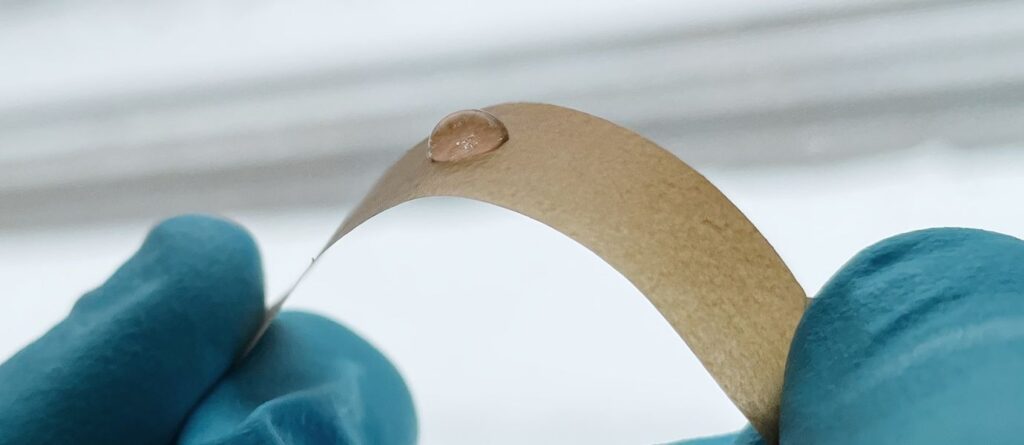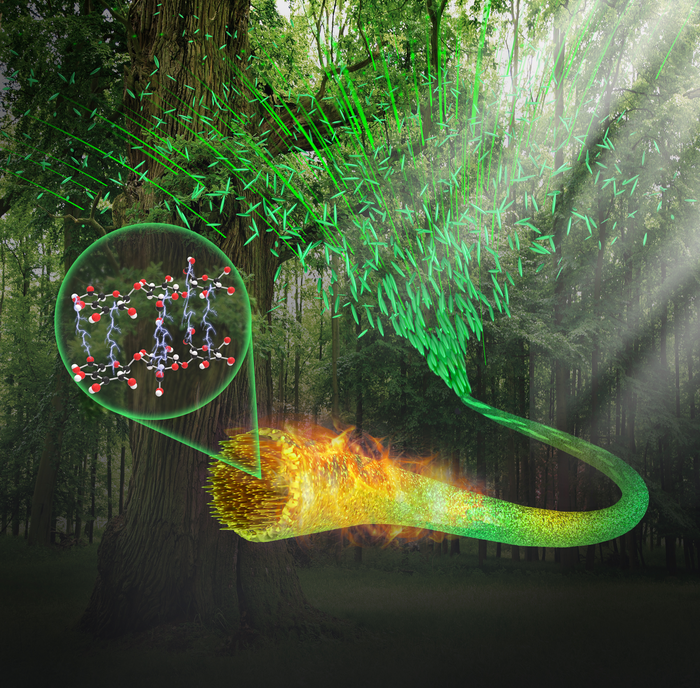It’s known as Paskwâwimostos – ᐸᐢᑳᐧᐃᐧᒧᐢᑐᐢ – The Bison Project and is being conducted at Canada’s only synchrotron, the Canadian Light Source (CLS) in Saskatoon, Saskatchewan. Here’s more from a November 24, 2022 CLS news release (also received via email), Note: Links have been removed,
Bison have long held a prominent place in the culture of the Carry the Kettle Nakoda Nation, located about 100 kms east of Regina. The once-abundant animals were a vital source of food and furs for the ancestors of today’s Carry the Kettle people.
Now, high school students from Nakoda Oyade Education Centre at Carry the Kettle are using synchrotron imaging to study the health of a local bison herd, with an eye to protecting and growing their numbers.
Armin Eashappie, a student involved in the Bison Project, says the work she and her classmates are doing is a chance to give back to an animal that was once integral to the very existence of her community. “We don’t want them to go extinct, says Eashappie. “They helped us with everything. We got our tools, our clothes, our food from them. We used every single part of the buffalo, nothing was left behind…they
even helped us make our homes – the teepees – we used the hides to cover them up.”Eashappie’s classmate, Leslie Kaysaywaysemat, says that if their team can identify items the bison are eating that are not good for their health, these could potentially be replaced by other, healthier items. “We want to preserve them and make sure all generations can see how magnificent these creatures are,” he says.
The students, who are participating in the CLS’s Bison Project, gathered samples of bison hair, soil from where the animals graze, and plants they feed on, then analyzed them using the IDEAS beamline at the CLS. The Bison Project, coordinated by the Education group of the CLS, integrates Traditional Knowledge and mainstream science in a transformative research experience for First Nation, Métis, and Inuit
students.Timothy Eashappie, Elder for the Bison Project, says it’s “awesome” that the students can use the Canadian Light Source machine to learn more about an animal that his people have long taken care of on the prairies. “That’s how we define ourselves – as
Buffalo People,” says Eashappie. “Since the beginning of time, they gave themselves to us, and now these young people are finding out how important these buffalo are to them, because it preserves their language, their culture, and their way of life. And now it’s our turn to take care of the bison.”Once they’ve completed their analysis, the students will share their findings with the Chief and Council for Carry the Kettle.
…
The Canadian Light Source (CLS) is a national research facility of the University of Saskatchewan and one of the largest science projects in Canada’s history. More than 1,000 academic, government and industry scientists from around the world use the CLS every year in innovative health, agriculture, environment, and advanced materials research.
The Canada Foundation for Innovation [CFI], Natural Sciences and Engineering Research Council [NSERC], Canadian Institutes of Health Research [CIHR], the Government of Saskatchewan, and the University of Saskatchewan fund CLS operations.
You can find more about the CLS Bison Project here,
The Bison Project integrates Traditional Knowledge (TK) and mainstream Science in an experience that engages First Nation, Métis, and Inuit (FNMI) teachers, students, and communities. The Bison Project creates a unique opportunity to incorporate land-based hunting and herd management, synchrotron science, mainstream science principles and TK.
…
I found a bit more information about bison and their return in a November 23, 2020 article by Mark A. Bonta for The Daylighter,
For ecologists and environmentalists, it’s more than just a story about the return of a keystone species.
The bison, it turns out, is an animal that maintains and restores the prairie.
Ecological restoration
Unlike cattle, bison are wallowers, so these powerful animals’ efforts to rid themselves of insect parasites, by rubbing their hide and rolling around on the ground, actually create permanent depressions, called bison wallows, in the landscape.
These create fertile ground for diverse plant species — and the animals that rely on them.
Bison also rub against woody plants and kill them off, keeping the prairies open, while their dung fertilizes the soil.
Iconic species like the greater prairie-chicken and the prairie dog all benefit from the restoration of bison.
Bison herds have also proved highly adaptive to the “new,” post-colonial ecology of the Great Plains.
They are adapting to hunting season, for example, by delaying their migration. This keeps them out of harm’s way — but also increases the risk of human-bison conflicts.
Bonta’s article provides a little more detail about the mixed feelings that the return of the bison have engendered.


